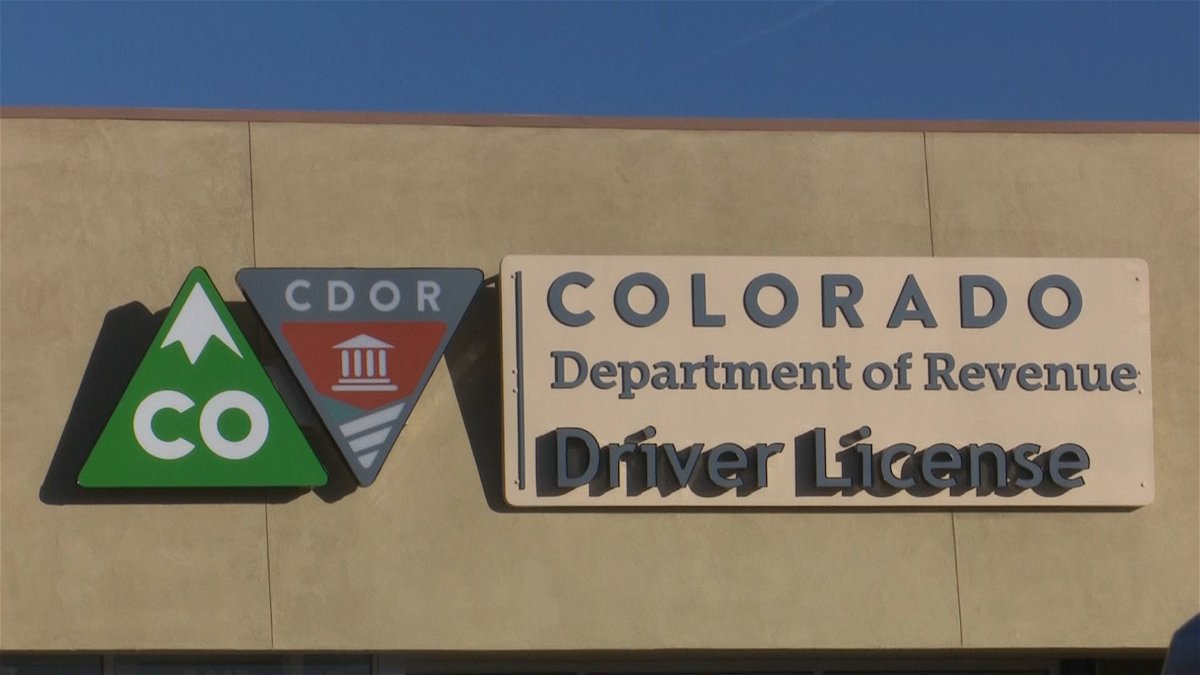

Dampers rear down one click on all bump settings and up one click on all rebound settingsĪt this point, I stopped tuning and just drove the car for a number of laps. Dampers on front down one click on all settings for bound and rebound Springs one click softer front and two clicks softer rear The car got remarkably better, faster and more consistent. This should have made the car more reactive to the bumps while also slowing weight transfer from the rear to the front, equalling more rear traction on corner exit and over hills. The theory I threw at the car (broke the rule of making more than one change at a time) was to soften the entire suspension, but increase the rear damping rebound. The rear of the car gets very light over the dropping hill sections. Bathurst is bumpy, narrow and has steep elevation changes. So I turned my attention to the suspension. I could turn consistently fast laps, but still had to work around the car a bit. It helped to stabilize the car on corner exit, under braking and in the downhill sections at Bathurst.Īt this point, I had a very driveable car. I ended up adding lock to both Power Ramp (on throttle) and Coast Ramp (off throttle). I kept adding 5% at a time between hot lap runs until the car felt more comfortable. With the Falcon, the Clutch LSD was fully open, so there was only one way to adjust. In PC1, it was easy to see if one tire was breaking loose (not enough lock) or if both tires were breaking loose early in throttle application (too much lock).
MOTOR CITY ONLINE OFFLINE TRIAL
Back to the missing yellow circles in telemetry HUD view, without them, it is complete trial and error to properly set up the LSD. Clutch LSD seemed to improve the car in a noticeable way. Gear and Viscous produced absolutely zero results on track. In the Falcon menu it is unclear which LSD type is actually on the car. One annoying part about the current LSD setting screens is that multiple LSD types can be turned on at the same time. The differential was pretty much open (very little lock).

This very subtle adjustment, changed the car from rear locking oversteer under braking to have a slight front lock, which is far easier to control.įixing the exit oversteer - The LSD is the first place I started. Adjusted brake balance from 55/45 to 56/44. Controller users should play with this setting and maybe go even lower to get more control of braking in PC2. It allows for more smooth and controlled braking.

I like the brakes to lock at about 3/4 pedal distance. The default setting on the Falcon locks the brakes at about 1/4 pedal movement on my rig. Lowering the brake pressure essentially moves threshold braking deeper into your brake pedal movement or controller stick movement. Lowered brake pressure from 95% to 86%. Here is where I landed after some trial and error. So fixing the brakes on the Falcon is currently a bit of a guessing game. This needs to be fixed if we are to effectively tune in PC2. They show on screen when exiting the pits, but as soon as control is shifted from the AI to you, the circles disappear and do not return at any point during your session. The yellow circles seem to be missing in PC2. In PC1, there were yellow circles under the tires in the telemetry view and those circles provided valuable information about how the car was performing. The tools for finding which end of the car is locking are not present yet in Project Cars 2. Not so easy in this version of the game (V1.1.3.2). Lower the brake pressure and move the brake balance away from the tires that are locking under braking. It is terrible under braking and equally as poor at corner exit with massive oversteer.įixing the brakes - This should be an easy task. The Ford Falcon rolls through corner entry and around the apex in a very balanced way. Wheel: Tuned with ClubSport Wheel Base V2.5 and ClubSport Pedals V3 with damper and performance kitĬar Bad Habits: Easy to lock the brakes and bad oversteer very late in the corner, past the apex, but before track out. I also made some significant changes to the differential using very low settings = more locked, more stable both under braking and under acceleration. Different tire pressures per corner and different camber settings were very effective at gaining corner grip and balancing the car. I learned a ton about PC2 tuning during this session. I did build a strong asymetrical tune, though. The worst finish I had during the Ginetta G40 Junior Championship. Ginetta G40 Junior - Donnington Park National


 0 kommentar(er)
0 kommentar(er)
